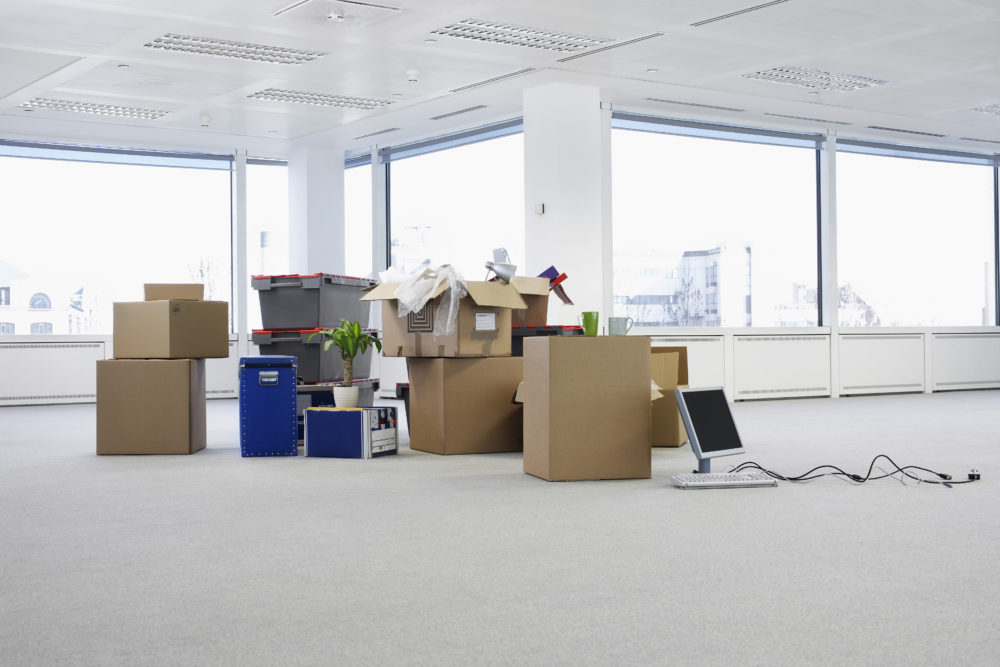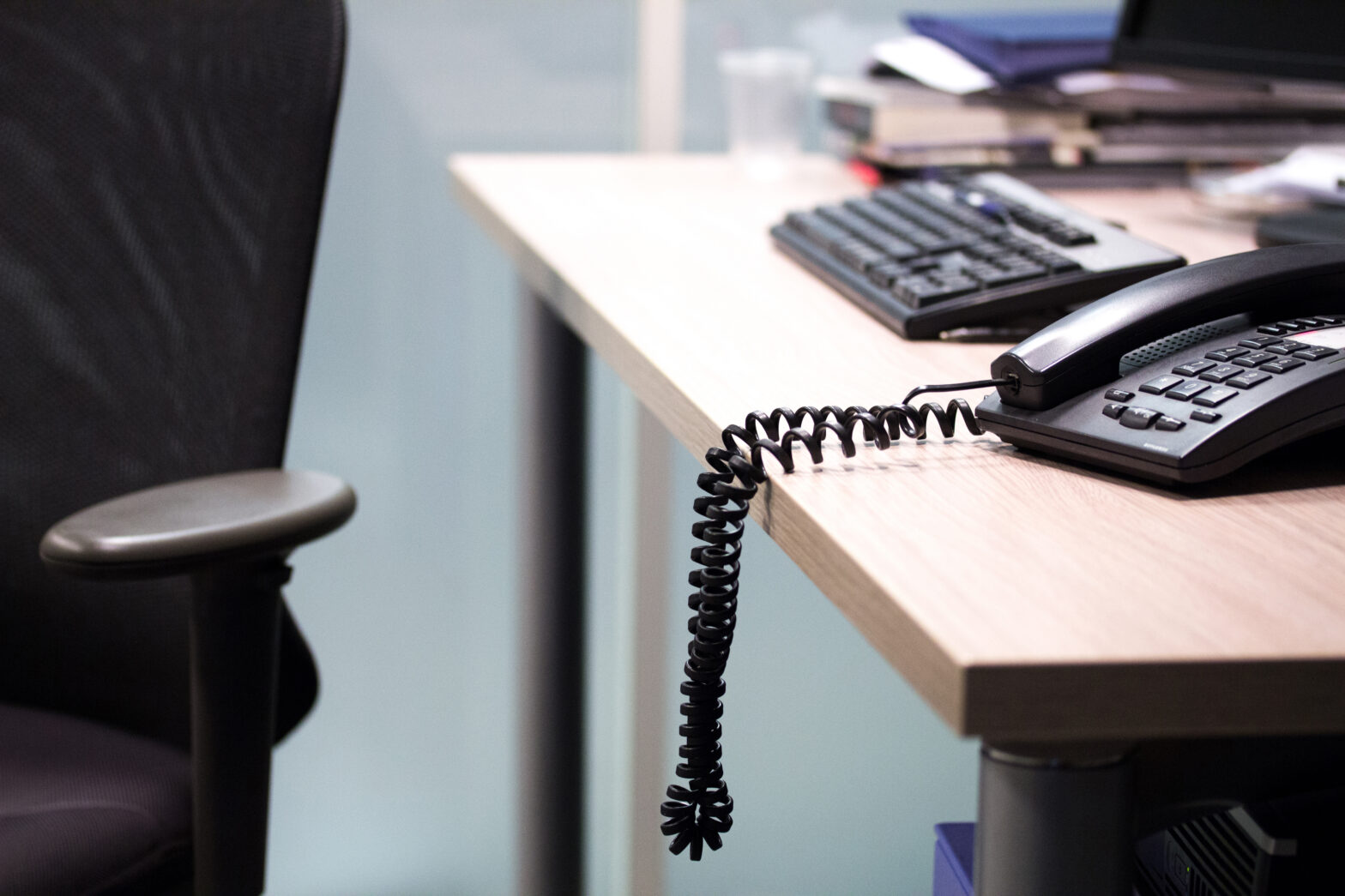An unprecedented number of employees are continuing to work remotely during the coronavirus pandemic. Small businesses new to managing remote staff are often unfamiliar with their legal health and safety responsibilities for homeworkers.
The migration to working from home (WFH) has presented many challenges for employers and employees. As companies have been forced to focus on business continuity, it is possible that remote workers’ health and safety will have been overlooked.
Legal responsibilities for homeworkers
Employers have the same legal duty of care for remote working employees.
The Health and Safety at Work Act 1974 is the primary workplace safety legislation. The act makes no distinction between home and in-office workers.
The Management of Health and Safety Regulations 1999 specifically states that “employers are responsible for the health and safety of homeworkers, as far as is reasonably practicable”.
The regulations require employers to carry out a risk assessment of their employees’ workplace.
The assessment should identify any potential risks so the employer can then seek to remove or mitigate the risk.
According to the Royal Society for the Prevention of Accidents (RoSPA), the home is the most common location for an accident to happen.
Although most homeworkers will be working at home at a desk with a PC or laptop, health and safety risks must be considered more broadly. Risk assessments should also consider areas like electrical hazards, obstructed access and manual handling.
>See also: Remote working coronavirus: am I covered by home insurance?
How to conduct an ‘at-home risk assessment’
Employers should adopt the same approach to the assessment of home workers as they do to in-office workers.
It is not necessary to visit the employee’s home to carry out a risk assessment – especially during the lockdown.
HR managers can provide the employee with a detailed self-assessment questionnaire as part of a firm’s legal responsibilities for homeworkers.
If your company does not have one already, there are many free templates available online. The HSE’s display screen equipment (DSE) workstation checklist is a good starting point.
Employers should make every effort to support and guide the risk assessment. The exercise could be supported over the phone, but a video call will enable the HR representative to see the workers environment and give constructive input.
What needs to be assessed?
The employee’s work area should be well lit and ventilated and provide enough space to work comfortably.
Computer workstations should enable continuous use without discomfort or fatigue. The monitor should be placed at a suitable height, and the display clearly legible and free from glare or reflection.
Ergonomic peripherals (such as keyboards) and office chairs can also greatly improve comfort and prevent strain.
The risk assessment should also seek to identify:
- Trip hazards: the workstation vicinity should be clear of obstructions such as trailing cables
- Electrical hazards: ensure that electrical equipment and fittings are in a working condition free from damage such as frayed cables. The employee should understand the safe usage guidelines for any equipment you supply
- Fire hazards: overloaded extension cords and dust-clogged heat vents are a common fire risk. Smoke alarms and fire extinguishers should be provided if necessary. A fire escape should be identified and kept free of obstruction
- Manual handling: if the employee needs to move work equipment, it’s imperative that they undergo proper training to minimise the risk of injury
- First-aid: the employee should have easy access to a suitable first aid kit and contact details of who to call in the event of an accident
- Training needs: For example, if the employee will need to lift heavy boxes or move equipment, manual handling training will be necessary
- Personal protective equipment (PPE): such as wrist rests and eye strain glasses
- Special needs: is any assistive equipment needed for disabled employees?
- Other home-specific risks: such as the presence of children
>See also: Should you be outsourcing health and safety for your small business?
Employee mental health
Employers also owe a duty of care to identify and minimise the risk of harm to an employee’s mental health.
Some workers flourish when working from home. For others, the psychological impact of isolated work can be insidious.
It is more difficult for employers to recognise stress, anxiety and mental health problems in remote workers.
Developing active communication channels and a means of maintaining virtual contact – such as through regular video calls and messaging platforms – can improve mental health in addition to productivity. Encouraging colleagues to leave video or audio channels open throughout the day can help emulate an office environment.
Employees should be informed about healthy work patterns. For example, research by the World Health Organization found that taking regular breaks and incorporating exercise in between work sessions was beneficial for both physical and mental health.
Employer’s Liability (EL) insurance
The Employers’ Liability (Compulsory Insurance) Act 1969 requires all employers to have EL insurance to cover the cost of any compensation paid out to employees in the event of an accident.
However, if a company fails to carry out an adequate risk assessment, it could invalidate the company’s policy if the employee suffers an injury or illness.
Revise your health and safety policy
Whether COVID-19 will usher in a new WFH world remains to be seen. At the time of writing the conversation has moved on to “getting back to work”. It seems likely that the number of people wanting, or needing, to carry on working from home on an ongoing basis will increase.
For some businesses, the logistical success of the unscheduled experiment may even prompt them to embrace WFH.
Making WFH work will require HR teams to approach the remote management of health and safety as an ongoing task. Adopting a more consultative approach will help to secure employee buy-in.
Risk assessments should be seen as more than an audit trail exercise. The process should consider the needs of the individual. A template risk assessment may be sufficient in the short term, but HR managers should consider a subsequent, more bespoke assessment for specific employees as part of their legal responsibilities for homeworkers once the dust settles.
Now may also be a good time to revise your health and safety policy to incorporate homeworking more fully.
Chris Salmon is a co-founder and director of Quittance Legal Services, a panel of occupational injury solicitors
Further reading
Health and safety checklist for small businesses: 9 things you need to do





